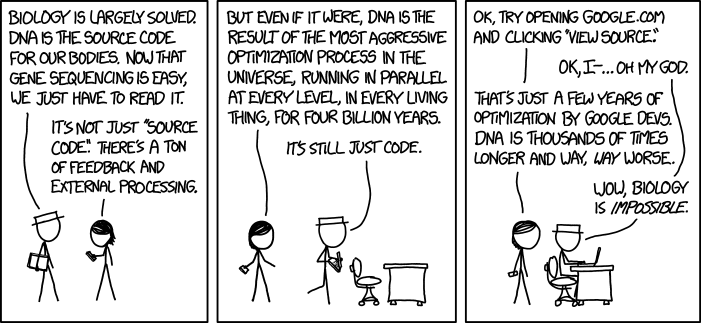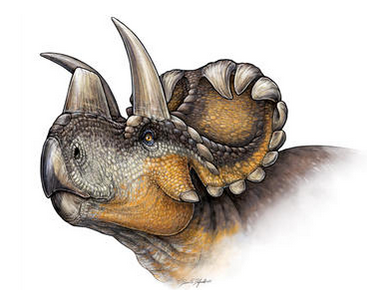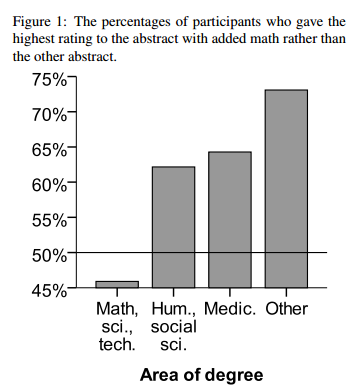The term reproducible research, in its current sense, was coined about 1990 by the geophysicist Jon Claerbout. Thus Jon Claerbout & Martin Karrenbach, "Electronic Documents Give Reproducible Research a New Meaning", Society of Exploration Geophysics 1992 [emphasis added, here and throughout]:
A revolution in education and technology transfer follows from the marriage of word processing and software command scripts. In this marriage an author attaches to every figure caption a pushbutton or a name tag usable to recalculate the figure from all its data, parameters, and programs. This provides a concrete definition of reproducibility in computationally oriented research. Experience at the Stanford Exploration Project shows that preparing such electronic documents is little effort beyond our customary report writing; mainly, we need to file everything in a systematic way. […]
The principal goal of scientific publications is to teach new concepts, show the resulting implications of those concepts in an illustration, and provide enough detail to make the work reproducible. In real life, reproducibility is haphazard and variable. Because of this, we rarely see a seismology PhD thesis being redone at a later date by another person. In an electronic document, readers, students, and customers can readily verify results and adapt them to new circumstances without laboriously recreating the author's environment.
Read the rest of this entry »



